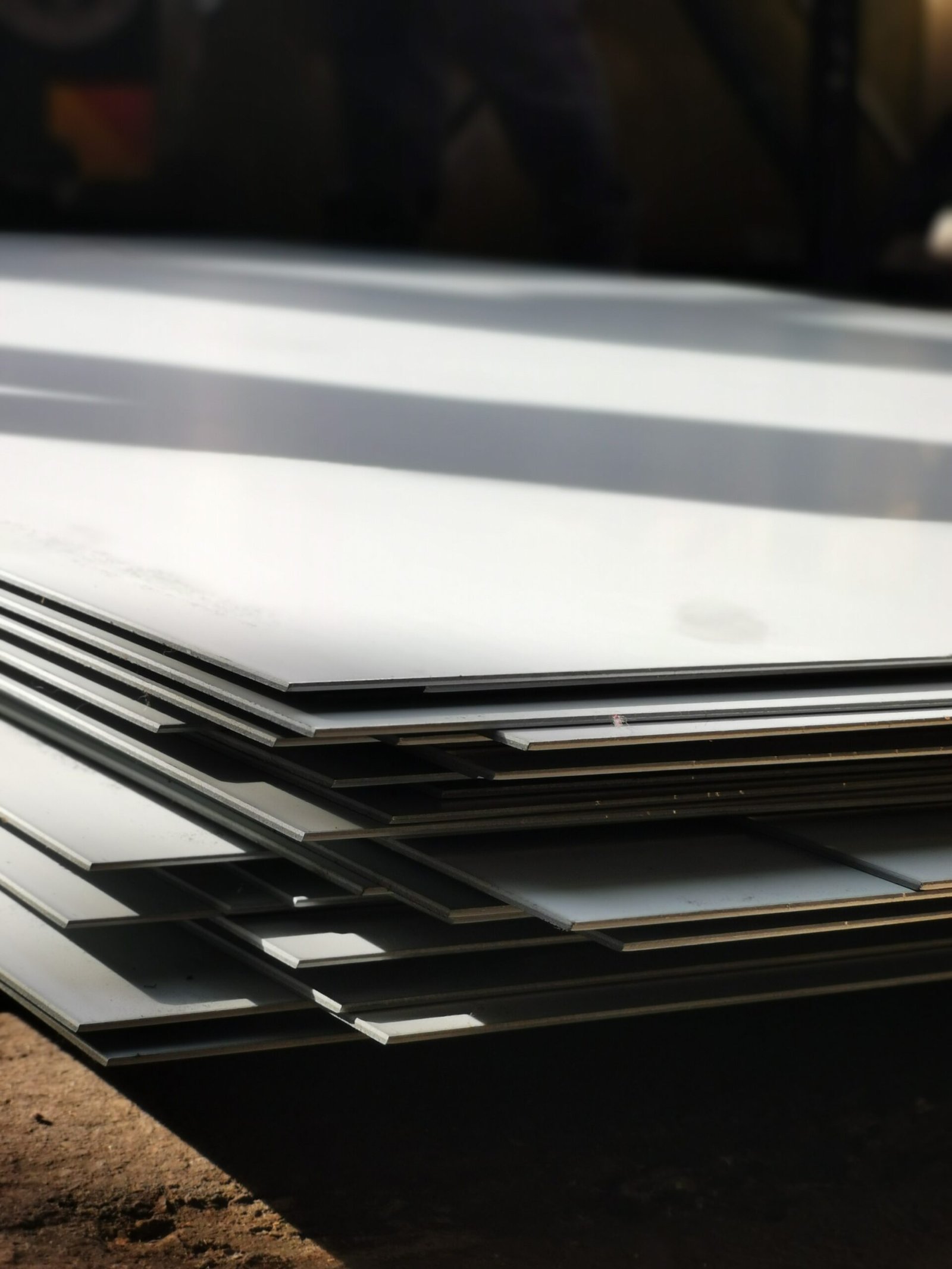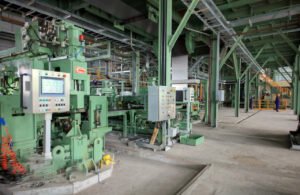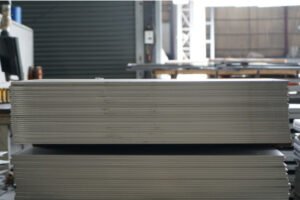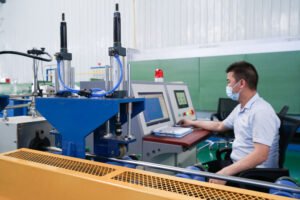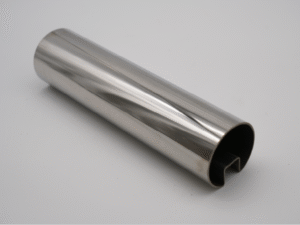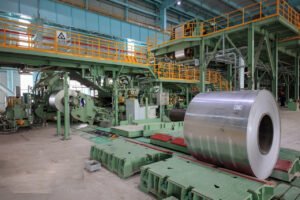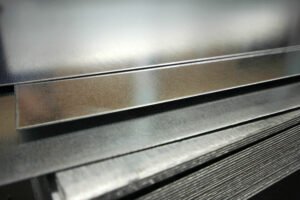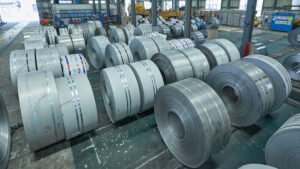Manufacturer's Guide to Addressing 5 Critical Stainless Steel Sheet Imperfections
Struggling with costly defects in your stainless steel sheets? These flaws hurt your bottom line and reputation. We believe proactive quality control is the only way to succeed.
The five most critical stainless steel sheet imperfections are surface defects, non-uniform thickness, edge waviness, pitting, and inconsistent corrosion resistance. Addressing them requires a combination of precision manufacturing, advanced inspection, and robust quality control protocols to ensure product integrity and performance.
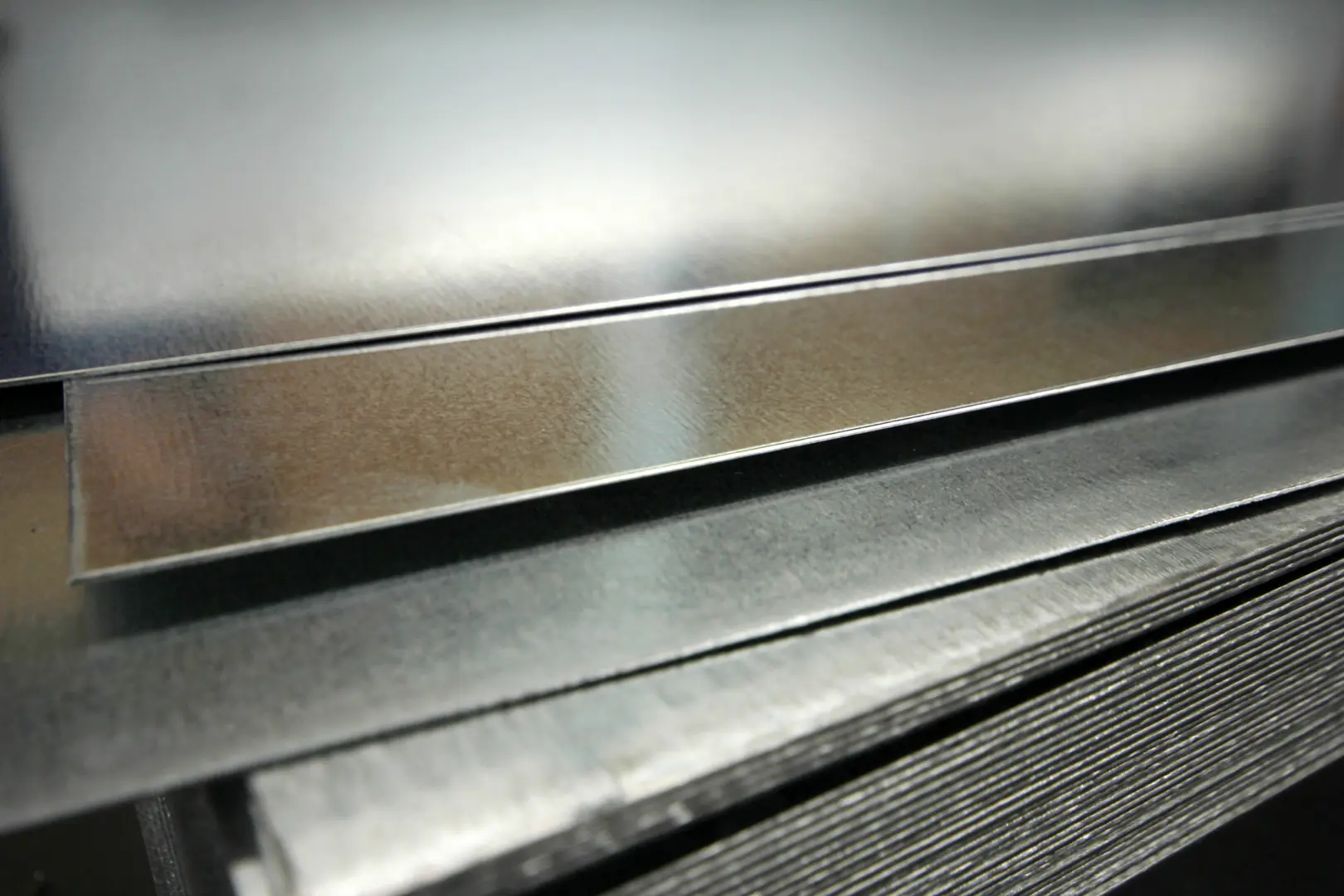
Here at MFY, I’ve seen firsthand how even minor imperfections can derail a major project. In this competitive global market, delivering flawless material isn't just a goal; it's the baseline for trust and long-term partnership. It’s about more than just the final product; it’s about the integrity of your entire operation. Let’s dive into the common challenges manufacturers face and, more importantly, how to solve them.
What are the most common imperfections found in stainless steel sheets?
Finding unexpected flaws in a finished batch is frustrating. It leads to waste and delays. Identifying the most common culprits is the first step toward prevention.
The most common imperfections are surface defects (scratches, roll marks), non-uniform thickness, edge waviness from internal stresses, pitting from chemical exposure, and inconsistent corrosion resistance due to improper processing. Each one presents a unique challenge to product quality.

In my years of navigating the global steel trade, I've seen these five issues appear time and again. They are the silent profit killers that can undermine an otherwise efficient production line. Understanding them in detail is non-negotiable for any serious manufacturer. It’s the difference between being a supplier and being a partner. At MFY, we treat quality not as a department, but as a core principle that informs every stage of our integrated supply chain.
A Closer Look at the Critical Five
Let's break down each of these common enemies of quality. Recognizing them early is key to mitigating their impact.
- Surface Defects: These are the most visible flaws and include everything from scratches and gouges from poor handling to roll marks left by improperly maintained equipment. They are an immediate red flag for any customer focused on aesthetics, like those in the architectural or appliance industries.
- Non-Uniform Thickness: Also known as "crown" or "wedge," this is when the thickness of the sheet varies from the center to the edges or from one side to the other. It's a critical failure for precision engineering applications where consistent tolerances are paramount.
- Edge Waviness: This occurs when the edges of the sheet are longer than the center, causing a rippling or wavy appearance. It’s typically a result of uneven internal stresses created during the rolling process and can make subsequent processing like stamping or forming incredibly difficult.
- Питтинг: These are small, localized cavities or holes that form on the surface. Pitting is a particularly dangerous form of corrosion because it can penetrate the material quickly, leading to structural failure with little advance warning.
- Inconsistent Corrosion Resistance: This is a hidden defect where certain areas of the sheet are more susceptible to rust or chemical attack than others. It's often caused by inconsistencies in the chemical composition or flaws in the passivation process[^1].
What causes these imperfections during the manufacturing process?
You see the defect, but what's the root cause? Without knowing the source, you're just fixing symptoms. The real solution lies in understanding the "why" behind each flaw.
These imperfections are caused by controllable factors in the manufacturing process. Issues like contaminated raw materials, incorrect rolling temperatures and pressures, worn-out machinery, poor handling, and improper chemical treatments (pickling and passivation) are the primary culprits.
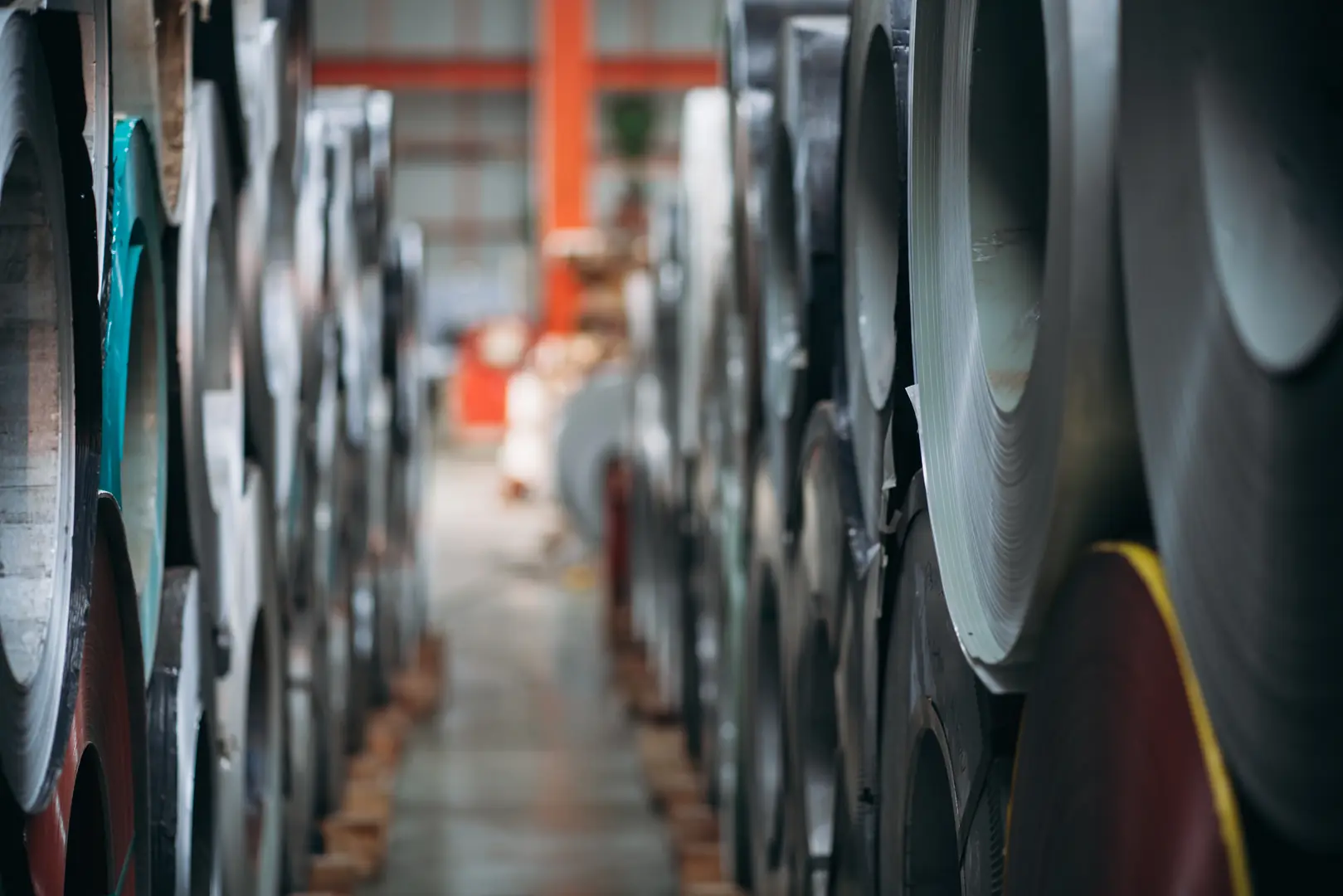
Pinpointing the exact cause of a defect is crucial. It requires a deep understanding of the entire production chain, from raw material sourcing to final finishing. I remember a client in Germany who was experiencing intermittent corrosion issues. We traced it back not to their process, but to a subtle inconsistency in the chromium content from one of their raw material suppliers. This experience reinforced my belief that a fully integrated and transparent supply chain, like we have at MFY, is a manufacturer's greatest asset for quality control.
Mapping Causes to Defects
Understanding the relationship between process stages and potential flaws is essential for effective prevention. A simple breakdown can help isolate problem areas in your own facility.
| Imperfection | Common Causes |
|---|---|
| Surface Defects | Worn or dirty rollers, improper lubrication, poor handling/storage. |
| Non-Uniform Thickness | Uneven pressure during rolling, incorrect roller calibration, thermal crown. |
| Edge Waviness | Non-uniform tension, uneven cooling rates, internal material stress. |
| Питтинг | Contaminants in the pickling bath, exposure to chlorides, surface inclusions. |
| Poor Corrosion Resistance | Incomplete passivation, incorrect annealing temperature, chemical imbalance. |
The Role of Raw Materials and Machinery
The old saying "garbage in, garbage out" is especially true in steel manufacturing. The quality of your raw materials—the scrap, nickel, chromium, and other alloys—sets the foundation for the final product. Any impurities or compositional variances can introduce vulnerabilities from the very start. Similarly, your machinery is a critical variable. Worn-out rollers, misaligned guides, or poorly maintained chemical baths are direct sources of imperfections. A rigorous schedule of maintenance and calibration isn't just a cost; it's an investment in consistent quality.
How do these imperfections impact the performance and appearance of stainless steel sheets?
A small scratch might seem trivial. But what's the real cost? These flaws have serious consequences that ripple through the entire value chain, affecting both performance and your reputation.
Functionally, imperfections compromise structural integrity, reduce corrosion resistance, and can lead to catastrophic failure. Aesthetically, they ruin the visual appeal, making products unacceptable for high-end architectural, automotive, or consumer goods applications, directly impacting market value.

The impact of imperfections goes far beyond the factory floor. It translates directly into financial loss and, more importantly, a loss of customer trust. A distributor who receives a batch of sheets with edge waviness can't sell it to a precision stamping client. An architect will reject panels with visible scratches. These aren't just quality issues; they are business-killers. The cost of rework, scrap, and returns can cripple profitability. This is why our mission at MFY is to build a supply chain so resilient and quality-focused that our partners never have to worry about these downstream consequences.
The Ripple Effect of Poor Quality
The true cost of an imperfection is never limited to the single defective sheet. It creates a chain reaction of negative outcomes.
- Structural Failure: A pit or a deep scratch can act as a stress concentration point. Under load or vibration, this tiny flaw can become the origin of a crack, leading to unexpected structural failure in the final application, whether it's a pressure vessel or a vehicle frame.
- Compromised Longevity: Stainless steel is chosen for its durability and corrosion resistance. An inconsistent surface finish or improper passivation creates weak spots where corrosion can take hold, dramatically shortening the service life of the end product and leading to warranty claims.
- Processing Challenges: A sheet with non-uniform thickness or edge waviness will not behave predictably in automated machinery. This can cause equipment jams, damage expensive dies, and result in a final product that is out of tolerance, leading to massive waste.
- Reputational Damage: In the B2B world, reputation is everything. Consistently delivering material with imperfections brands you as an unreliable supplier. This damage is often irreversible and far more costly than any single batch of rejected material.
What solutions can manufacturers implement to minimize these imperfections?
Knowing the problems is one thing. Solving them is another. You need practical, effective solutions. The key is moving from a reactive to a proactive mindset, using technology and process discipline.
Manufacturers can minimize imperfections by implementing advanced process controls, using high-precision sensors for real-time feedback on thickness and temperature, investing in automated material handling to prevent surface damage, and maintaining strict chemical bath monitoring for finishing processes.
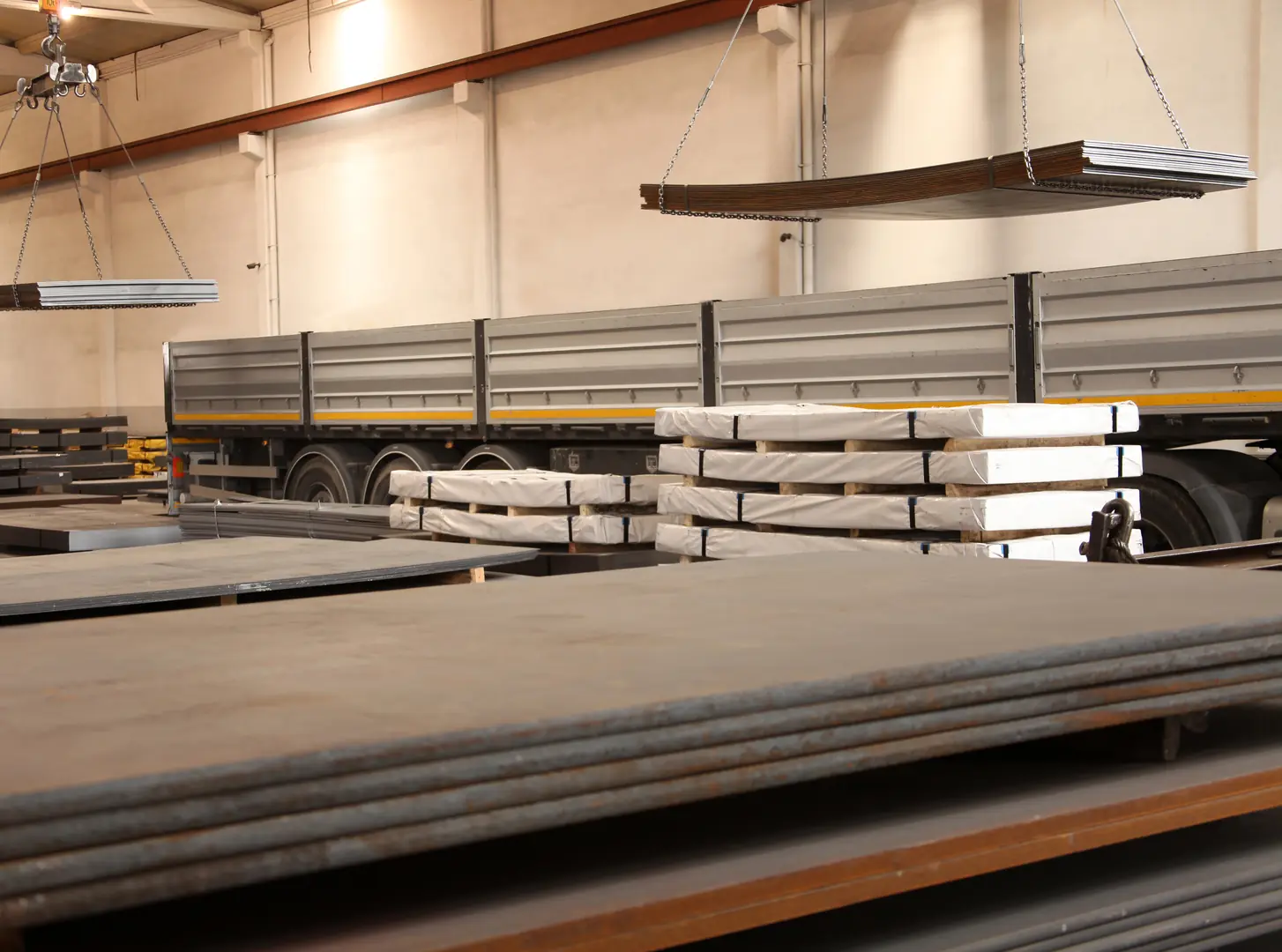
The solution isn't a single magic bullet; it's a holistic commitment to excellence. It’s about integrating technology and human expertise. At MFY, we champion the use of digital tools not to replace our experts, but to empower them. For example, we use laser-based thickness gauges that provide continuous data, allowing our operators to make micro-adjustments in real-time. This blend of precision engineering and smart technology is the most powerful way to move from simply inspecting quality to actively building it into every single sheet we produce.
1. Precision Process Control
This is your first line of defense. It involves tightening control over every variable in the production line.
- Temperature & Pressure Monitoring: Use sensors to ensure that rolling and annealing temperatures are perfectly uniform and within specification.
- Automated Roller Adjustment: Implement systems that can automatically adjust roller pressure to maintain consistent sheet thickness from edge to edge.
- Chemical Bath Management: Use automated dosers and sensors to maintain the precise chemical composition and temperature of pickling and passivation baths.
2. Advanced Inspection Technology
You can't fix what you can't see. Modern inspection tools are your eyes on the line.
- Automated Optical Inspection (AOI): High-speed cameras and software can scan 100% of the sheet surface for scratches, roll marks, and other visual defects far more reliably than the human eye.
- Неразрушающий контроль (NDT): Techniques like ultrasonic testing can detect internal flaws or inconsistencies in material structure without damaging the product.
3. Optimized Material Handling
A perfect sheet can be ruined in the last 50 feet of its journey.
- Robotics and Automation: Use automated cranes and conveyors with soft, non-marring surfaces to move coils and sheets, minimizing the risk of scratches and dents.
- Protective Packaging: Ensure that finished products are properly packaged with protective films and sturdy crating to prevent damage during storage and transit.
What are the best practices for quality control in stainless steel sheet production?
You have solutions, but how do you build them into a reliable system? It requires a structured QC framework. The best practices today are data-driven, predictive, and integrated across the entire organization.
Best practices for quality control include establishing a multi-stage inspection system (from raw material to final product), utilizing Statistical Process Control (SPC) to monitor trends, and adopting AI-driven quality assurance systems for predictive defect analysis and real-time process optimization.

The future of quality control is digital. The old method of random spot-checks is no longer sufficient in a world that demands perfection. As a leader at MFY, I am a strong advocate for leveraging technology to turn quality control from a reactive gatekeeper into a proactive, intelligent system. We are exploring AI-driven systems that can analyze data from thousands of production runs to predict when a defect is likely to occur до it happens. This allows us to adjust processes preemptively. This is the agility and foresight that defines a modern, world-class stainless steel supplier.
Multi-Stage Inspection
Quality cannot be inspected into a product at the end; it must be built in at every step.
- Incoming Material Inspection: Rigorously test all raw materials for chemical composition and purity before they enter production.
- In-Process Checks: Implement quality gates after each major process (e.g., after rolling, after annealing, after pickling) to catch deviations early.
- Final Inspection: Conduct a thorough final check of the finished product for all critical parameters, including dimensions, surface finish, and mechanical properties.
Data-Driven Decision Making
Rely on data, not guesswork, to manage and improve your processes.
- Statistical Process Control (SPC): Use control charts to monitor process variables over time. This helps you distinguish between normal process variation and special causes that need investigation.
- Root Cause Analysis (RCA): When a defect does occur, use structured problem-solving methods (like 5 Whys or Fishbone Diagrams) to identify and eliminate the true root cause.
AI-Powered Assurance
Embrace the next generation of quality management. AI and machine learning are transforming our industry by providing predictive insights. These systems can analyze sensor data, production parameters, and inspection results in real time to identify patterns that a human might miss. This allows for predictive maintenance[^2] alerts on machinery and real-time adjustments to process parameters, ensuring a consistently high standard of quality and maximizing operational efficiency.
Заключение
Addressing these five critical imperfections is not just a technical challenge; it's a strategic imperative. By focusing on the root causes, implementing technological solutions, and building a data-driven quality control system, you can protect your reputation, enhance efficiency, and deliver the excellence your customers demand.
У вас есть вопросы или нужна дополнительная информация?
Свяжитесь с нами, чтобы получить индивидуальную помощь и квалифицированный совет.
